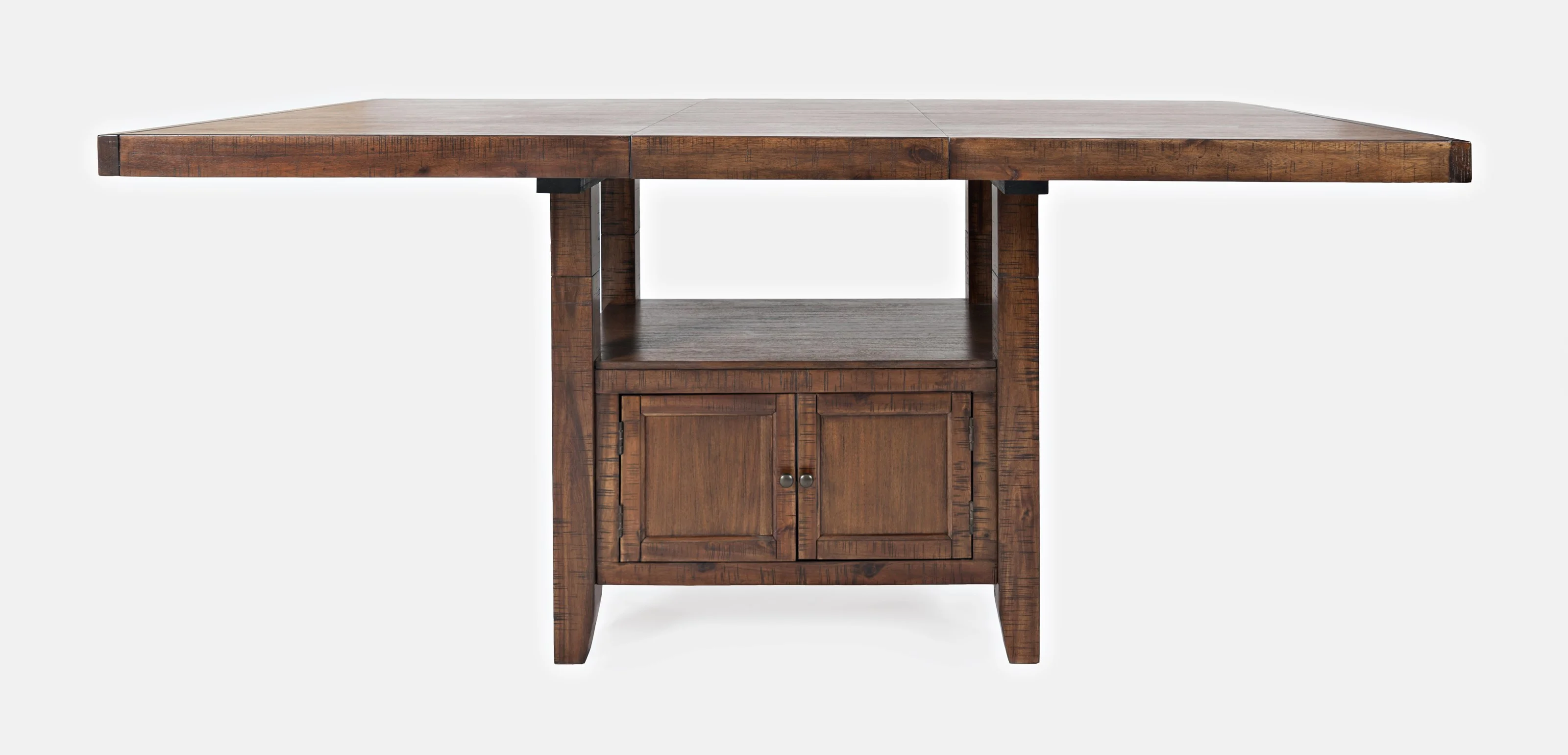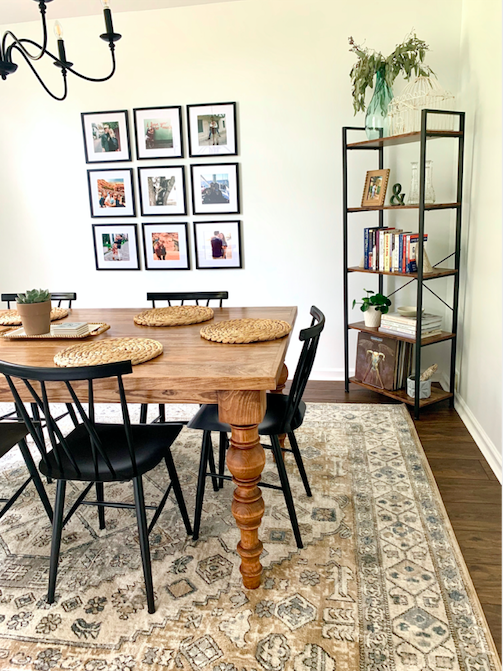How the Right Dining Room Table Legs Can Complete Your Dining Room Look
How the Right Dining Room Table Legs Can Complete Your Dining Room Look
Blog Article
Specialist Tips for Setting Up Dining-room Table Legs for Maximum Stability
When it comes to mounting dining room table legs, accomplishing maximum security is extremely important for both performance and appearances. What particular techniques can improve stability also better?
Pick the Right Legs
When choosing the appropriate legs for your eating space table, it is important to think about both capability and looks. The legs you select will significantly impact the total design and stability of the table. First, assess the table's meant usage; if you expect constant gatherings, tougher legs, such as those made from solid wood or metal, might be preferable, as they supply increased durability and support.
Common eating tables normally vary from 28 to 30 inches in elevation, so make sure the legs straighten with this criterion for comfort. Conical legs can add a contemporary touch, while turned legs might convey a more classic aesthetic.

Select Appropriate Hardware
Just how can the best hardware enhance the security and longevity of your dining room table? The selection of suitable hardware is important to making certain that the legs of your table are safely affixed and able to withstand normal use. Top notch screws, screws, and brackets offer the needed toughness to support the weight of the table, along with any additional loads placed upon it throughout meals or events.
When selecting screws, choose those made from long lasting materials such as stainless steel or brass, which withstand corrosion and maintain integrity gradually. The length of the screws is just as crucial; they ought to pass through deeply into the table's structure without endangering honesty. For bolted connections, think about using lock washers to protect against loosening up because of resonance or motion.
Furthermore, making use of corner braces can add extra assistance, especially for bigger tables or those with larger tops. These braces distribute weight uniformly and help keep the table's form. Making sure that the hardware you choose is suitable for the specific materials of your table will certainly additionally boost its overall stability and long life, enabling you to appreciate your dining experience for several years ahead.
Ensure Proper Positioning
Appropriate alignment of dining-room table legs is important for both visual charm and useful stability. Misaligned legs can lead to an irregular table top, which may not only be visually unappealing however likewise jeopardize the table's use. To achieve optimum positioning, start by measuring the distance from the table's corners to the leg accessory points. This ensures that each leg is located equidistant from the edges, developing a well balanced look.
Utilize a level during installation to verify that each leg is vertical to the tabletop. This action is vital, as even minor inconsistencies can intensify right into substantial security concerns with time. It is recommended to note the desired leg settings on the bottom of the table with a pencil or covering up tape prior to securing them. This method serves as a visual guide, enabling modifications as required.
Additionally, confirm the alignment after the first screws are tightened, as adjustments might be necessary prior to fully safeguarding the equipment. By prioritizing proper alignment, you not just improve the table's overall Discover More Here layout yet also ensure that it stays secure and functional for several years to come.

Consider Weight Distribution
After making sure proper alignment of the dining-room table legs, it is essential to take into consideration weight distribution to enhance security and capability. dining room table legs. Appropriate weight circulation is critical in protecting against tottering and guaranteeing that the table can sustain its desired lots without danger of tipping or breaking down
When positioning the legs, ensure they are put at equivalent ranges from the center of the table to equally disperse the weight across the structure. Take into consideration the weight of the tabletop and any items that will frequently relax on it, such as tabletop devices or decorative pieces. Tables with heavier surface areas should preferably have legs located closer to the corners, as this optimizes the base of support and lessens the threat of instability.
Additionally, if the table is meant for usage in a high-traffic location, take into consideration using much heavier materials for the legs or including stabilizing elements, such as cross-bracing or a reduced shelf - dining room table legs. These modifications can assist preserve balance and protect against shifting during use. Inevitably, a well-considered weight circulation technique will substantially improve great site the table's general performance, ensuring it continues to be a appealing and practical centerpiece for your dining area
Examination Stability Prior To Usage
Examining the stability of the eating room table before usage is a critical action that should not be neglected. If the table reveals instability, identify the legs or joints that may call for change.
Following, check that all bolts and screws are tightened effectively. Loosened connections can result in instability and potential damages in time. If required, make use of timber adhesive on joints to enhance stability, making sure to allow appropriate drying time.

Final Thought
In verdict, the installation of eating area table legs requires cautious factor to consider of products, placement, weight, and equipment circulation to achieve maximum security. By picking high-grade bolts and tough legs, guaranteeing exact alignment, and distributing weight uniformly, the structural honesty of the table can be significantly improved. Carrying out a stability test prior to routine usage even more guarantees that the table will certainly stand up to daily pressures, consequently giving a safe and trusted dining experience.
When it comes to setting up eating space table legs, achieving optimum stability is paramount for both performance and looks. The legs you pick will substantially affect the total design and stability of the table (dining room table legs). Typical dining tables usually range from 28 to 30 inches in elevation, so ensure the legs line up with this criterion for comfort.Proper positioning of dining space table legs is crucial for both visual allure and useful security.In final thought, the installment of eating space table legs requires careful consideration explanation of materials, alignment, weight, and hardware circulation to attain optimum stability
Report this page